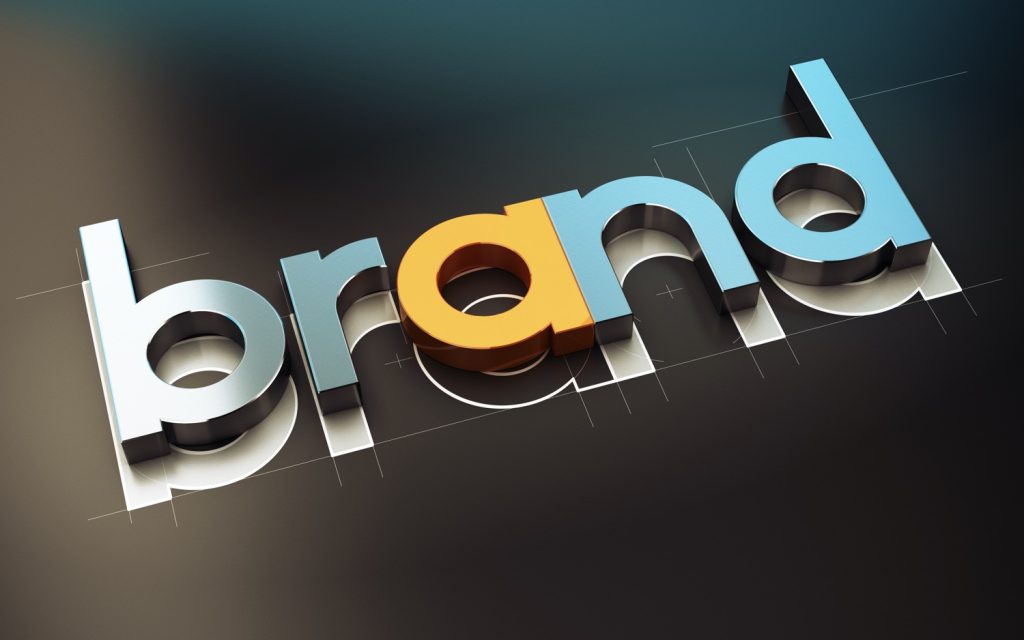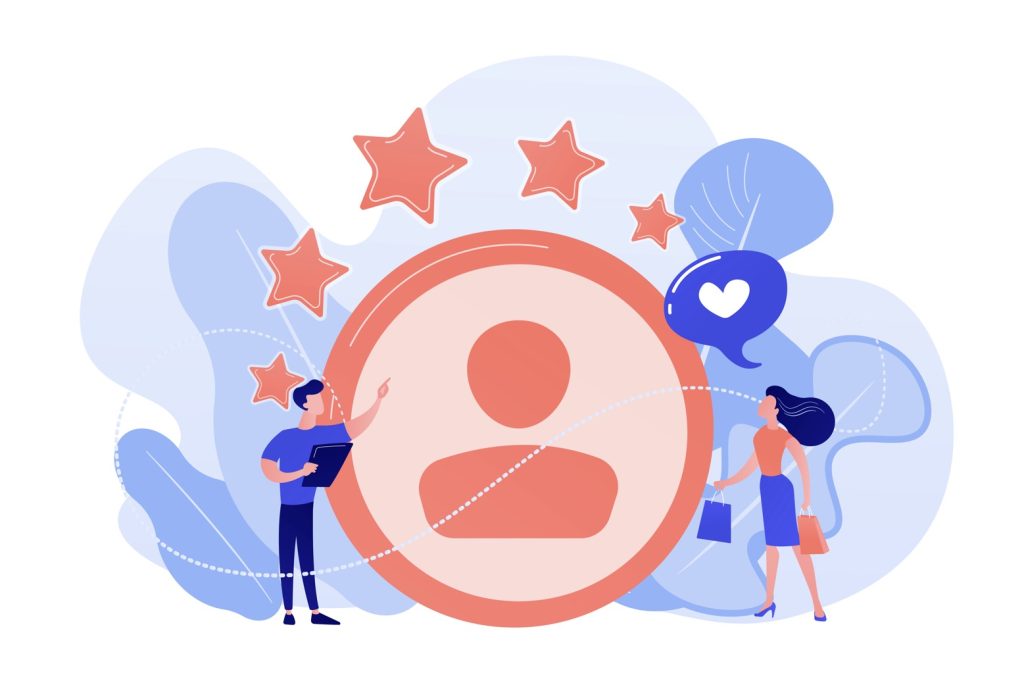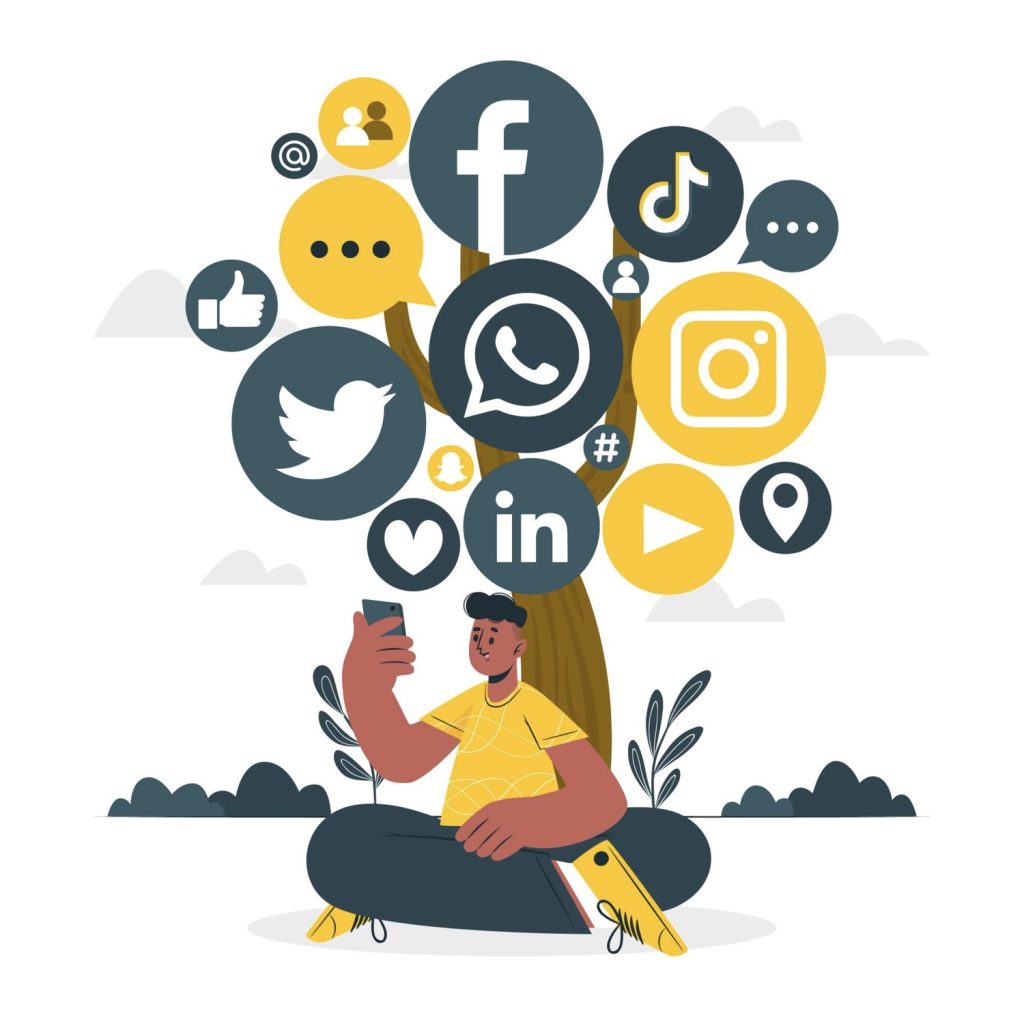A primary goal of your business is to stand out among the many other services competing for your customer’s attention and convert that attention to patronage. You can use many tools for this – catchy designs, great copy, your logo, and other aspects of your brand identity. Of all these tools, the most conflicting opinions are about whether or not every business needs a logo, but there’s a straightforward answer.
You always need a logo for your business because it offers a memorable impression of your brand to potential customers. Your business logo is the foundation of your overall brand identity and is a visual example of your company’s values and quality.
In this article, I’ll share the reasons why a logo is so important for your business and how it will get you the attention and recognition you need to have a successful business. I’ll also debunk arguments that may discourage you from thinking you really need a business logo (and share some secrets to designing a logo fast and easy). So keep reading!
Why You Should Get a Logo for Your Business
Starting and running a business is a super stressful process. More often than not, it feels like there’s too much to do, too few hands, and too little time. In the hustle and bustle of setting up your business, registering it, and marketing it, a logo may be the last thing you want to worry about.
But there are several reasons you should get a logo immediately:
1. Your Logo Is Essential to Your Brand Identity

The brand identity of your small business is the visual element of its corporate image. Every business has an image it projects that will ultimately determine how the public identifies it. This brand recognition focuses on the artistic part of that image – your logo, color schemes, product design, and much more.
While your brand identity encompasses a ton of other things beyond the perfect logo, your small business logo is its foundation. The logo plays a huge role in defining the finer details of your visuals. Seemingly tiny details like the signature font of your business, its color schemes, and the type of images you use all send subtle messages to your potential customers.
Designing your perfect logo helps you decide what “feel” your business should have, and for consistency, every other part of your brand will mirror that “feel.” Because of this, the logo indirectly governs nearly every other visual you’ll create, serving as the foundation for how customers will know your business.
How does this translate to sales? According to research analyzed by Forbes contributor Gabriel Shaoolian, presenting a consistent image of your brand can increase your business’ revenue by up to 23%.
Creating an overall aesthetic that communicates to potential customers, offering excellent service, and building their loyalty to your brand can give huge returns… and the process all starts with your logo design.
2. Your Logo Gives a Unique First Impression That Attracts Potential Customers

The buying behavior of your customers – the process of acquiring and retaining their purchases for your business – is a psychological journey. These purchasing decisions happen in the minds of your potential customers, but it’s up to you to kick-start it by putting out a visual representation of your products and services.
Marketing statistics estimate that your business has a maximum of about seven seconds to make that first impression. Seven seconds is not a lot of time, and it’s certainly not enough for the potential customer to read a full-on description of your business or the excellent customer reviews that would convince them to give your product a shot.
Instead, the most effective way you can use that seven-second window is to make an impression that makes it possible for the customers to recognize your brand and remember it. That’s where your logo comes in!
You can put your business’ logo in a ton of different places. Spots you can put your logo on include:
- Flyers and stickers for advertising your products and services
- Your business website, social media pages, and emails
- Packaging items – Boxes, Bags, Notecards, and Thank-you cards
- Business cards, letterheads, and envelopes for official correspondence
- Branded merchandise – Tees, Sweatshirts, Mugs, Hats, Bags, and other fun stuff
In all these places, your logo does the work of sparking curiosity in potential customers or bringing back memories of quality service in old ones. Remember, color and design elements communicate messages and tell stories. If made right, your company logo can be worth the proverbial thousand words to your business.
3. A Logo Builds the Customer’s Confidence in the Quality of Your Brand

In the minds of would-be customers, faceless equals suspicious. After color, the presence or absence of your logo is one of the first things a person notices before the text and other contents of your visuals. It’s difficult to trust the quality and reliability of a business when it seems like they couldn’t be bothered to put a symbol to the name.
A bland, unidentifiable business or product conveys negative messages. To a potential customer, unbranded could scream “low-quality!” or “knockoff!” The danger of this is that even if you have a fantastic product, the customer won’t have enough confidence in your brand to take a leap of faith and try you out.
With so many brands competing for attention, out of sight may very well be out of mind for an unbranded business. That’s not only because the first impression was unimpressive but also because the customer has no visual shortcut to remember it by.
4. A Logo Enhances Brand Loyalty To Retain Existing Customers

When a first-time customer finally gives your brand a shot, quality service is what makes them enjoy the experience. The psychological process doesn’t end there, though. They need to remember your business and make an emotional connection from the excellent service to truly have brand loyalty.
The customers also need to be able to differentiate your service from your competitors and remember it distinctly enough to come back. This is what defines brand recognition. They need a logo design to tell your product apart from the competitors, one that convinces them to choose it when faced with so many other options while shopping.
As your business grows, you may need to change different things about it. It’s not uncommon to have to change locations or, in recent times, to go fully virtual. Your logo is what calls out to your customers and says, “Hey! We’re in a different place now, but look at the sign! It’s still your favorite brand!” This is how your logo design fosters brand loyalty.
5. Your Logo Design Lays the Foundation for the Future of Your Business

Though your business may be small at first, as excellent delivery makes it grow, you’ll start new things with it. Business growth usually involves dropping some services, creating new ones, and redefining your business structure to cater to your ever-growing customer base.
The most common pathways businesses take as they expand include:
- Starting a new, more professional marketing strategy including business cards, billboards, or email newsletters
- Adding a new product to the catalog
- Providing a new service under the same business umbrella
- Opening new stores or business centers
- Accepting investors in your business
These are big dreams that may not seem immediately feasible for your new business at the outset. But if one of the goals of your business is to expand, it has to be primed for that growth. Getting a small business logo that identifies your business is an essential part of building the professional image of your brand and preparing it for the possibility of growth.
6. A Business Logo is Used More Often Than You Think

A logo isn’t just about one graphic. It can be broken into smaller images and added to larger images, giving you all of the professional logo variations you need to advertise your business.
In other words, your primary logo design can be used repeatedly, with small modifications necessary to fit in a different space. For example, although your primary logo may be placed at the top of your website, a smaller secondary logo variation may be needed in order to fit it on business cards or letterhead.
Additionally, you may need a submark logo, which includes only a symbol or brand initials, for smaller social profile images or web page footers. Using the same font and brand colors, it can be easily re-created for its new purpose.
Finally, by designing an original logo with these possibilities in mind, the value of your brand logo just went up! Now you can add your logo to a variety of marketing materials!
Common Myths Against Getting a Logo for Your Business
Many novice entrepreneurs feel discouraged when thinking about getting a logo for their business. This is typically due to several myths and misconceptions about them.
A Logo Is Too Expensive for a Small Business
Logo designers can be expensive. And you’ll have to spend money each time you need them to recreate any additional logo variation. But, you don’t need a million-dollar budget to create a strong logo for your small business. A logo is, in essence, simply a stylish representation of what your business is and what you do. With visual shortcuts, less is more. You don’t need to break the bank to create a unique brand.
Hiring a professional logo designer is a good option if your business has the budget for it. But you can create your brand’s logo all by yourself too! With a tool like LaughingBird Software’s Graphics Creator, you can put together symbols that represent the form and function of your business on an existing template and create a brilliant logo design, even on the smallest of budgets.
As with the very best logos, you can choose your brand’s colors, fonts, images, and icons- or even import other images. And you can start with the Logo Creator templates built into the online Graphics Creator.
So, not only can you create a logo fast, easy, and inexpensively, you can save it and modify it later, anytime you want.
A New Business Needs Awareness More Than It Needs a Logo
The fundamental flaw in this common argument is that getting a logo design is a part of building awareness. A small business does need a lot of awareness, but that’s not mutually exclusive to having a great logo. As an integral part of the identity of your business, your logo helps you take advantage of even the slightest time windows to spark curiosity in a potential customer.
A brilliant logo will take advantage of that 7-second window to encourage a potential customer to stop just long enough to check out what your business is about. As your clientele grows, your logo also makes sure you can maximize customer retention.
This will happen naturally because your customers can remember you, spread the word about your business, and easily refer you to others by identifying your logo. Building awareness for your brand is super important, and your logo, combined with other aspects of your brand marketing, will do an excellent job of putting you out there. Awareness, check!
Conclusion
The beauty of branding is in its fluidity. As your business grows, you can update your brand identity, switch up your logo, or even redefine the image you present to your customers.
You can hire a professional logo design company; however, you’ll need to pay them for every logo modification. Or you can create a logo design all by yourself, using a simple design program such as The Graphics Creator. This method will allow you to make changes to your designed logo as needed, without spending additional money.
Either way, a logo is important and should provide your target market with an emotional connection to your business. You need a logo, but you’re not stuck with whatever you create now, so don’t be scared to give it a shot.


